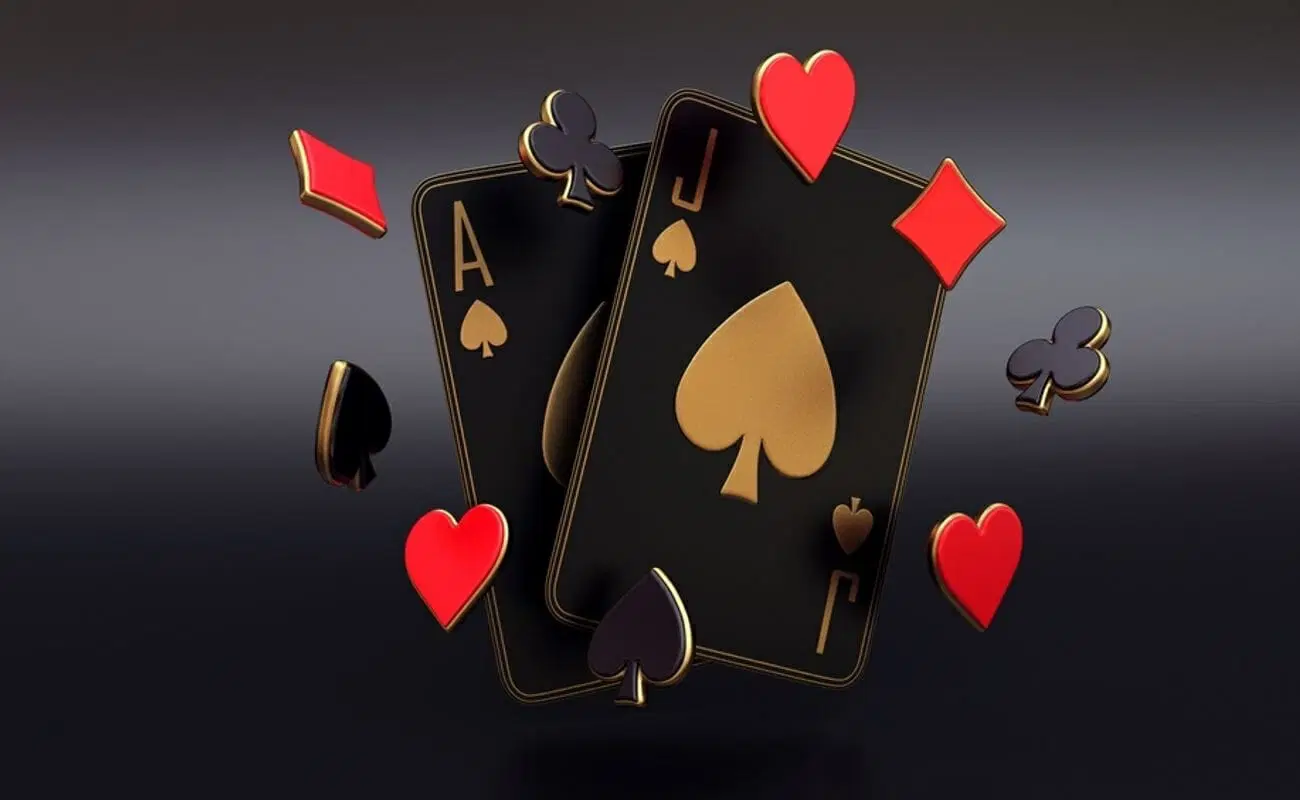Exploring Different Variations of Casino Rummy

Rummy is an ideal game for developing cognitive abilities, including problem-solving and planning skills. The game also helps you develop patience and other virtues.
The best way to improve your rummy gameplay is by striking a balance between intuition and strategy. Intuition enables you to act faster, while strategic analysis can help you identify potential winning combinations that may have otherwise gone unnoticed.
Gin Rummy
Gin Rummy is a game of strategy in which players compete to achieve a set of valid melds (runs and sets) with as little deadwood (valued cards not belonging to any meld) as possible. The player with the least amount of deadwood wins the hand and the table.
The game is traditionally played between two players, but can be expanded to six players by dividing into teams of two. It is usually played using a standard deck of 52 cards, removing any jokers.
The dealer deals each player 10 cards face down and turns one card face up besides the deck to form the discard pile. Players then build a combination of sets and sequences in order to achieve either Gin or have the lowest deadwood score when an opponent knocks. The points awarded for a valid meld are the value of the cards in the set or run, plus any face card values. A player can only have a maximum of 10 deadwood points at the time they choose to knock.
Samba Rummy
The goal in this game is to create valid sets and sequences from 13 cards. Players who do so before their opponents win. The game is a great way to build relationships with fellow card gamers.
There are many variations to the rules of Samba rummy, but they generally focus on how melds are scored. Typically, the winner of a game receives plus points for all melded cards on the table and penalty points for any unmatched cards (deadwood) in their opponent’s hands.
One key strategy is to vary your discard patterns from game-to-game to keep your opponent guessing. Another important aspect is to know when to knock. Knocking is a risky move that can backfire and cost you big points. If you miscalculate when you’re knocking, the defending player will subtract your deadwood from their own and score accordingly. This is called undercutting and it’s a major no-no in Gin rummy. The player who knocks first scores the most bonus points.
Three Card Rummy
Regardless of their differences, all variants of Rummy share the basic gameplay of grouping cards into sets and sequences. The player with the lowest cumulative score wins.
The most important aspect of winning a game is knowing how to make the most of your hand. A good understanding of melds and runs will help you improve your chances of beating the dealer’s hand.
For instance, a high Ace sequence (Ace, King, Queen, Jack) is considered a valid run in most games. Knowing the value of all your melds will help you make the best decisions about when to ‘Fold’ or ‘Play’.
The number of decks used will also affect your chance of winning. Generally, the fewer decks used, the better your chances are of getting a suited three-of-a-kind. This way, you’ll be able to make more runs and reduce your score.
Canasta
A variation of gin rummy that is played with the standard 52-card deck. The game focuses on improving your hand by creating melds of sets and runs and discarding deadwood (cards that do not fit in a meld). The goal is to emerge the first player to reach a certain score, usually 100 points.
The rules of this card game vary between different versions, but all include forming sets and sequences and using the joker to form a pure sequence. The game can be played between two or more players and is scored based on the number of cards in your hand that have been laid down. Face cards, aces and numeric cards are worth varying point values depending on the variant of rummy being played.
Unlike Contract Rummy, this variation allows you to buy discarded cards from the draw pile (as long as the card doesn’t have a spade on it). You can also use the Joker to trade into a melded set or sequence, but this must be done in a turn.



